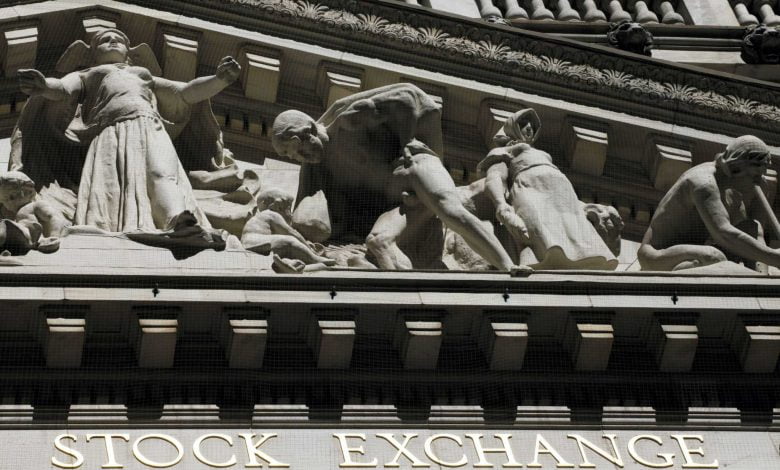
Small and Large-Cap Stocks
Small and large-capitalization shares (the value of all company claims) are easy to understand from their names. Big-cap stocks are stakes in large companies, while small-cap stocks are relatively small ones. It should be noted, of course, that as a rule, even the smallest joint-stock company owns much more capital than any LLC. So let’s first understand the situation in the world markets.
Small-cap stocks
Or the so-called small-caps are generally considered more suitable for long-term investments due to their high growth potential. However, do not forget that many companies such as Apple, Google, Amazon that are now part of the S & P500 started as small companies. Indeed, statistics show that small-cap stocks give higher returns but with greater risk (volatility).
The risks of bankruptcy and withdrawal from trading of securities of a small company are much higher; therefore, when investing in the shares of such companies, broad diversification is necessary. In Western markets, ETFs for this. Unfortunately, we have several mutual funds with significant commissions, or we have to maintain a portfolio, which is quite time-consuming manually.
Large-cap stocks
This class includes such companies as Walmart, General Electric, and others. The largest of them is called “blue chips” (blue chips), and companies in this list in leading indices such as the S & P500, MICEX, Nikkei255; generally do not grow as rapidly as small-cap companies, but their volatility is, and stability is.
Sometimes mid-cap companies are also distinguished, which are in the middle between large and small. The immediate values capitalization for classifying a company into a particular class change over time, depending on the preferences of analysts, but as a rule, for foreign companies, these amounts are approximate as follows:
Large capitalization – above $ 10 billion
Average capitalization – $ 300 million to $ 10 billion
Small-capitalization – up to $ 10 billion
Sometimes the so-called micro-capitalization companies are also distinguished, including those companies whose value on the stock exchange is less than $ 300 million.
There are much more indices and funds for capitalization on world markets. However, to illustrate the principles outlined in the article, let’s look at the charts of the family of indices for US Wilshire stocks:

The returns of medium and small companies (Wilshire Small-Cap and Wilshire Mid Cap) significantly exceed the returns of companies with high capitalization (Wilkshire Large Cap). But the profitability of companies with micro-capitalization (Wilkshire Micro Cap) turned out to be significantly lower due to many bankruptcies and delisting of such companies. But an attentive observer will also notice that although the profitability of medium and small-capitalization companies is, the fluctuations in their value are also much higher. It is easiest to see this in the segment of the 2008 crisis; one should not forget that their changes are generally more extensive.
Therefore, aggressive and long-term investors necessarily include small and medium-cap stocks in their portfolios, while more conservative ones tend to limit themselves to indices, including large-cap companies.